Buddhist Heritage in Pakistan. Buddhism, founded in the late 6th century B.C.E. by Siddhartha Gautama (the “Buddha”), is a religion practiced in many countries of Asia. Buddha means enlightenment and Buddhism, a religion that more than 300 million people currently practice, was founded in northeastern India by Prince Siddhartha in the sixth century B.C. Having achieved enlightenment, he became known as Shakyamuni and preached a path of salvation to his followers.
Chandragupta of the Mauryan Dynasty ascended the throne of Ghandara in 321 B.C. and introduced Buddhism in Gandhara and built the first Buddhist Monastery Dharmarajika at Taxila. Greeks had a brief entry in Gandhara (185- 97 B.C). Kushan Rule (128-151- Central Asians) and is called the golden era of Gandhara as art and artifacts flourished.
The city of Peshawar and Taxila were also built during that era and Buddhism was revived and promoted during this period. He carved “edicts” on pillars, rocks, and caves throughout his empire promoting Buddhist values, and sent emissaries to spread Buddhism worldwide through the vast network of Silk Routes. Huns invaded in AD 450 and Hinduism was revived. In 568 Sassanids helped by Central Asians captured Ghandara and the Sassanids were finally defeated by the Muslim Arabs in AD 644. Turkshshi and Hindushahi ruled from AD 650 – 1021). Jayapala of the Hindushahi Dynasty was the last king of Gandhara who was defeated by Subuktigin and later by Mehmud Ghaznavi. That was the end of the Gandhara civilization.
Table of Contents – Buddhist Heritage in Pakistan
Famous Archeological Sites of Gandhara Civilization in Pakistan , Buddhist Heritage in Pakistan
Around 50 archaeological sites of different denominations are found within 30 kilometers radius of Taxila. The prominent ones area s under:-
- Sirkap Taxila
- Julian Monestry
- Dhamarajika stupa and Monastery
- Bhir Mound
- Jandial Temple
1) Sirkap Taxila
Sirkap Taxila is a planned urban settlement with a main road dissecting the city from the center and all social places lined up on the main road including a temple, a sun watch, a jewelry shop, a water well, and a marketplace.


2) Julian Monestry
Julian was built in the 2nd century CE. This is the ancient university site of Taxila where students from far-off places came to learn Buddhism. There are 28 rooms for the students on the ground floor and the same number on foist floor which are no more, but the staircase is still intact. The healing Buddha is there to take care of the devotee’s health. Jaulian is one of the Buddhist Heritage in Pakistan
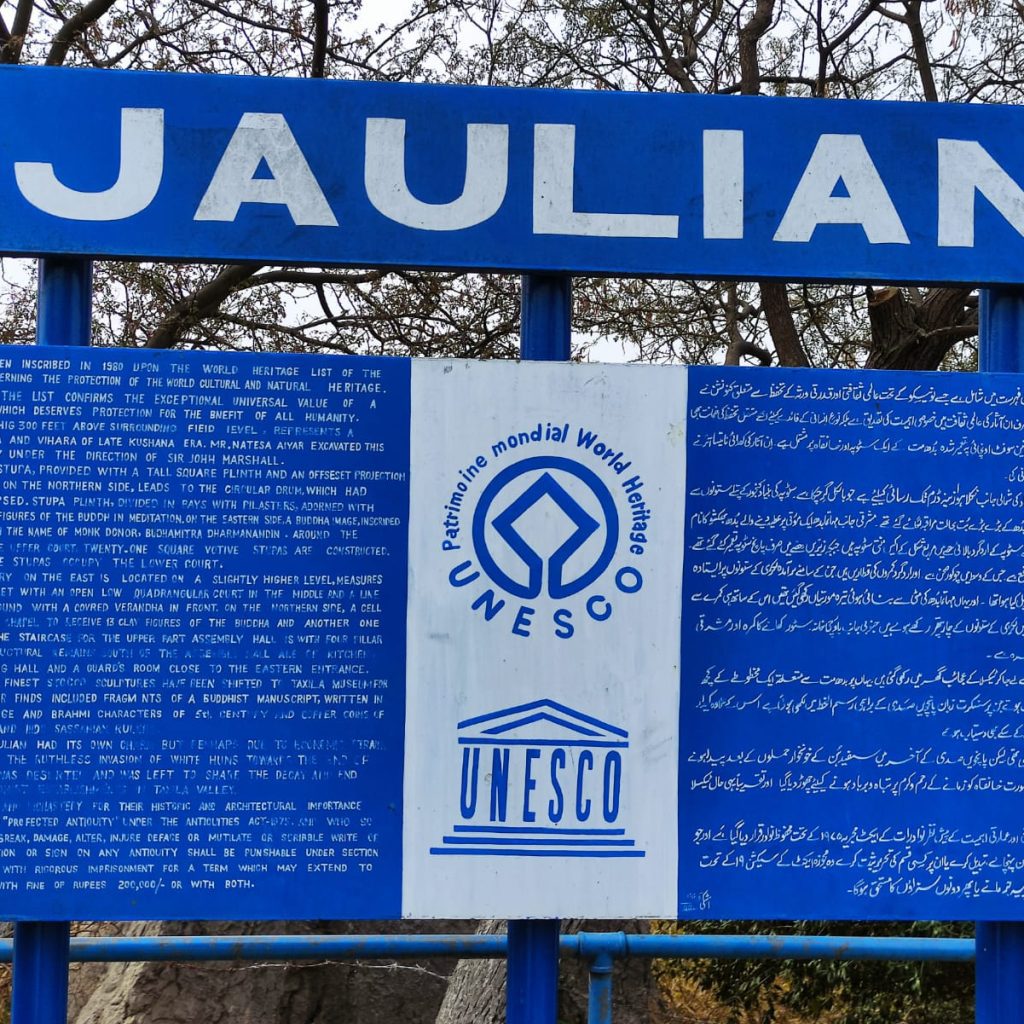
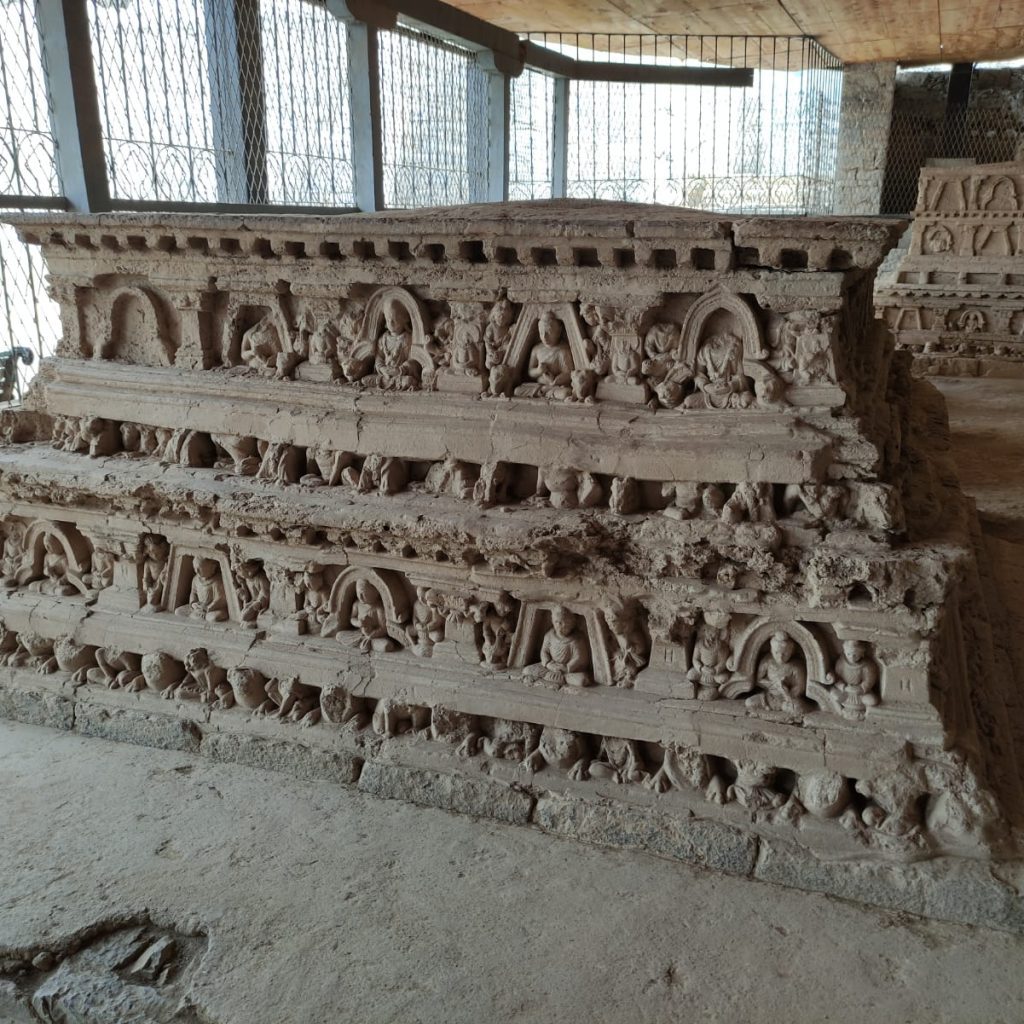
3) Dhamarajika stupa and Monastery
Dhamarajika stupa is the largest stupa in Taxila which was built in the 2nd century CE to preserve the relics of Buddha. It is a beautiful fusion of oriental and western architecture. Dharmarajike is another Buddhist Heritage in Pakistan
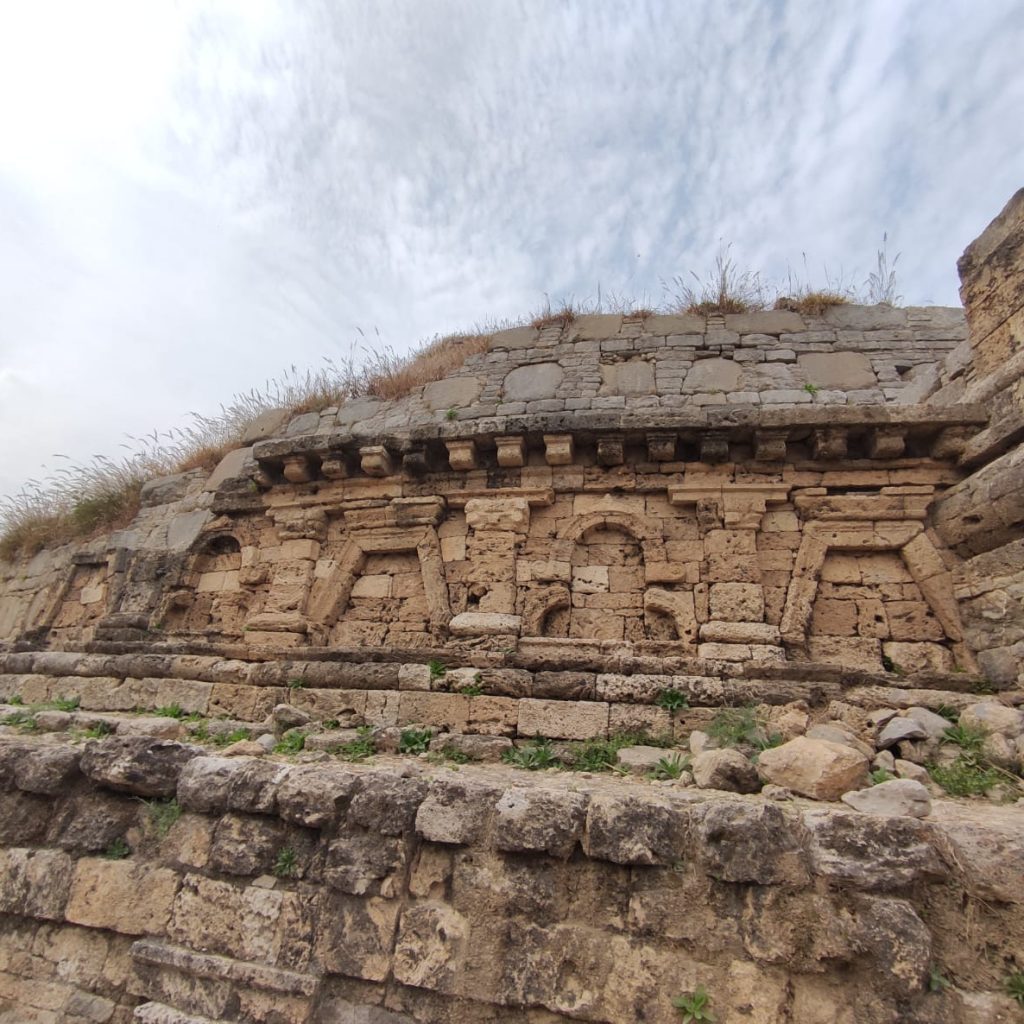

4) Bhir Mound
It is considered to be a Greek city in Taxila for its architectural designs and also due to the artifacts found there. It dates back to 525 BC.
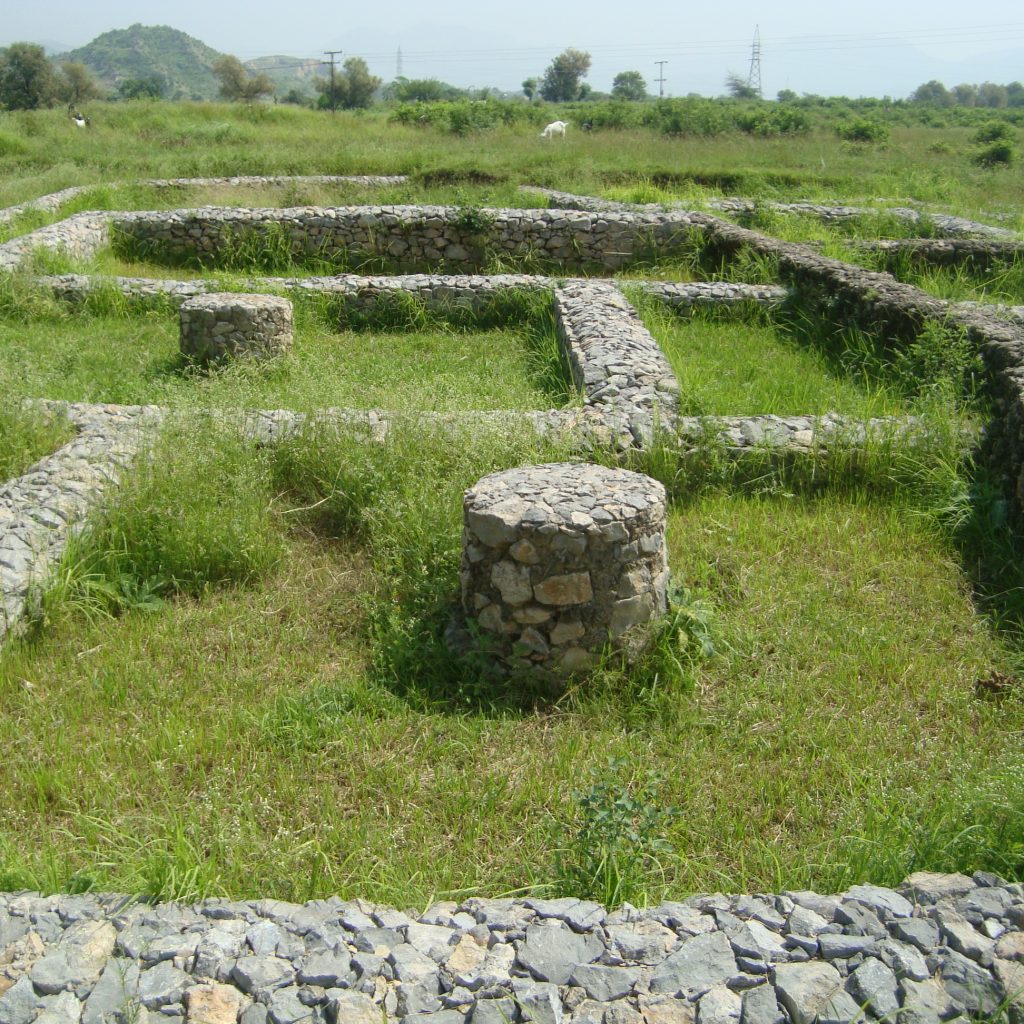
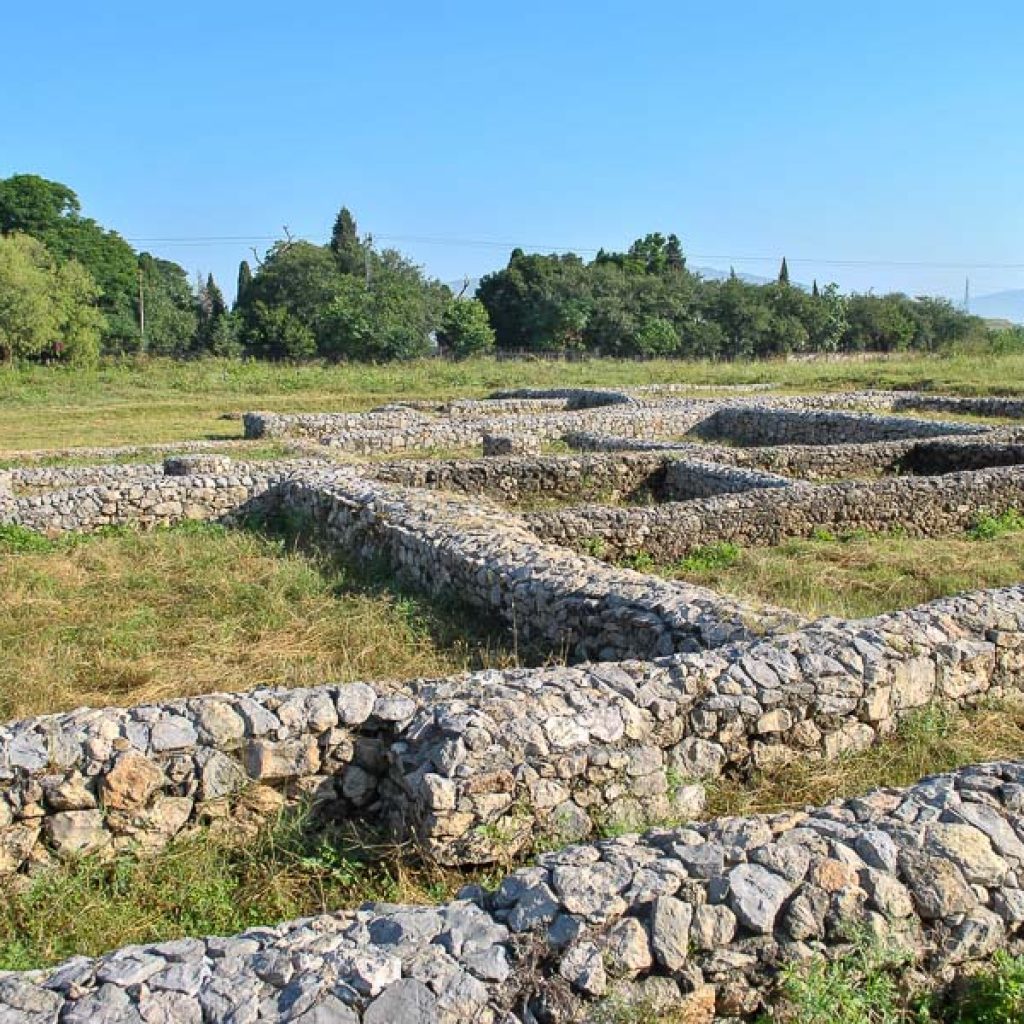
5) Jandial Temple
A temple built on a similar design to the Greek.


Other Sites of Buddhist Heritage in Pakistan
Other Gandara civilization sites in Pakistan are as under:-
- Shah ji ki Dheri, Peshwar
- Sheikhan Dheri, Charsadda
- TakhtBhai Mardan
- Jamal Garhi, Mardan
- Sahri Bahiol, Mardan
- Aziz Dheri, Swabi
- Butkara I, Swat
- Butkara II, Swat
Some interesting facts about the Gandhara Civilization
The Pakistani national dress, ‘Shilwar Kameez’ and ‘Sherwani’ are the gift of the Gandhara Civilization (Kushana Kings). Buddhism took birth in Gandhara (Taxila) and it is a place of religious value for Buddhists around the world.
Pakistan Best Selling Tour Packages 2023
Taxila Heritage Sites Tour — Taxila Museum
Suggested Reads
Visa Invitation Letter For Pakistan
Why should you visit Chitral Valley?
Why should you visit Hunza Valley?
Why should you Visit Fairy Meadows?
TOUR DE UNESCO Heritage Sites Pakistan

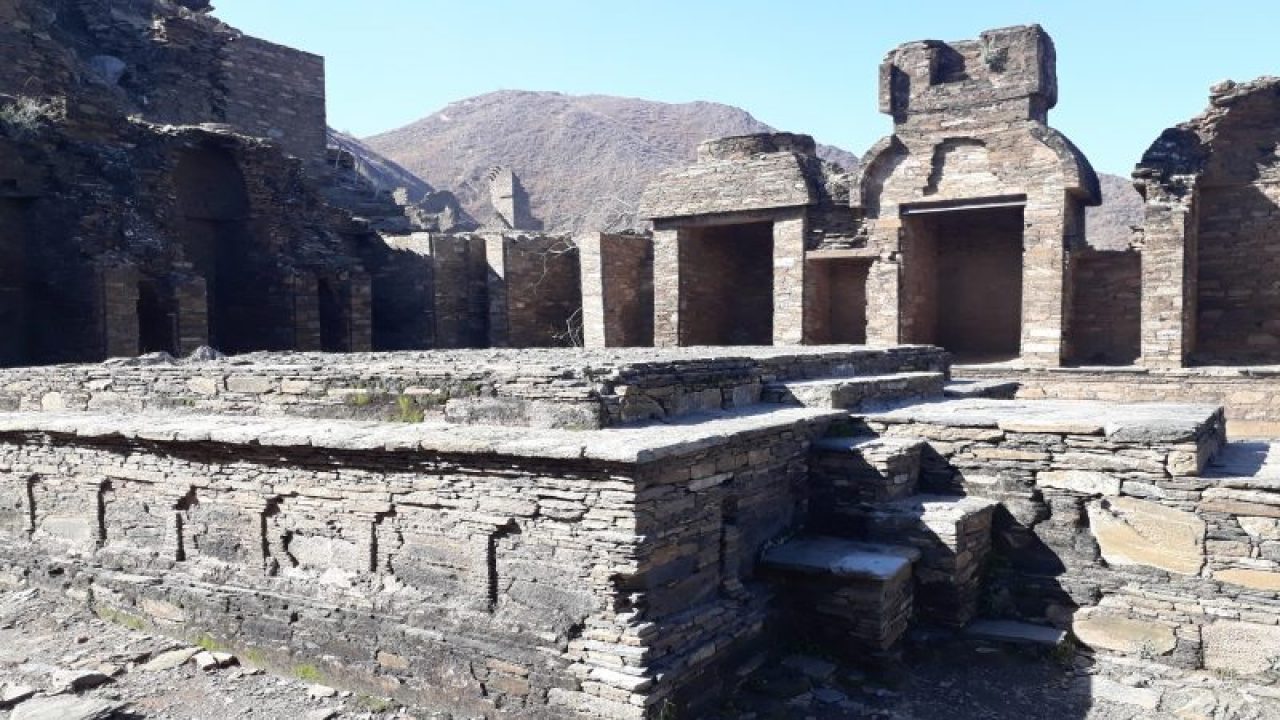
0 Comment